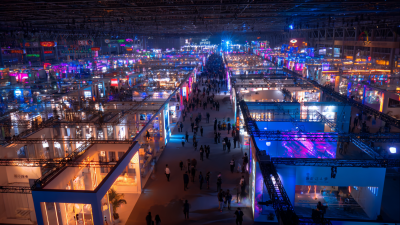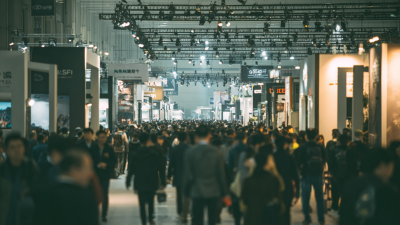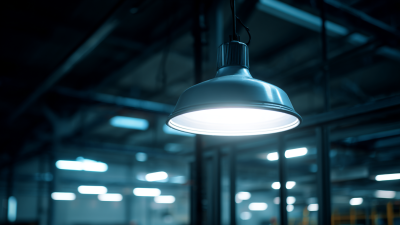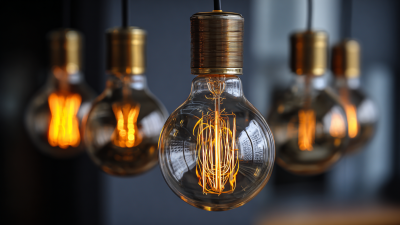In the realm of interior design, the role of a lighting specialist is pivotal in transforming spaces to enhance functionality and aesthetic appeal. According to the American Society of Interior Designers (ASID), well-planned lighting can account for up to 25% of a room's perceived value, influencing everything from mood to productivity. By leveraging their expertise, lighting specialists optimize natural and artificial light sources, creating atmospheres that resonate with the intended purpose of each space. Reports from the International Association of Lighting Designers (IALD) indicate that effective lighting design can significantly reduce energy consumption by modernizing outdated fixtures and employing smart technology.
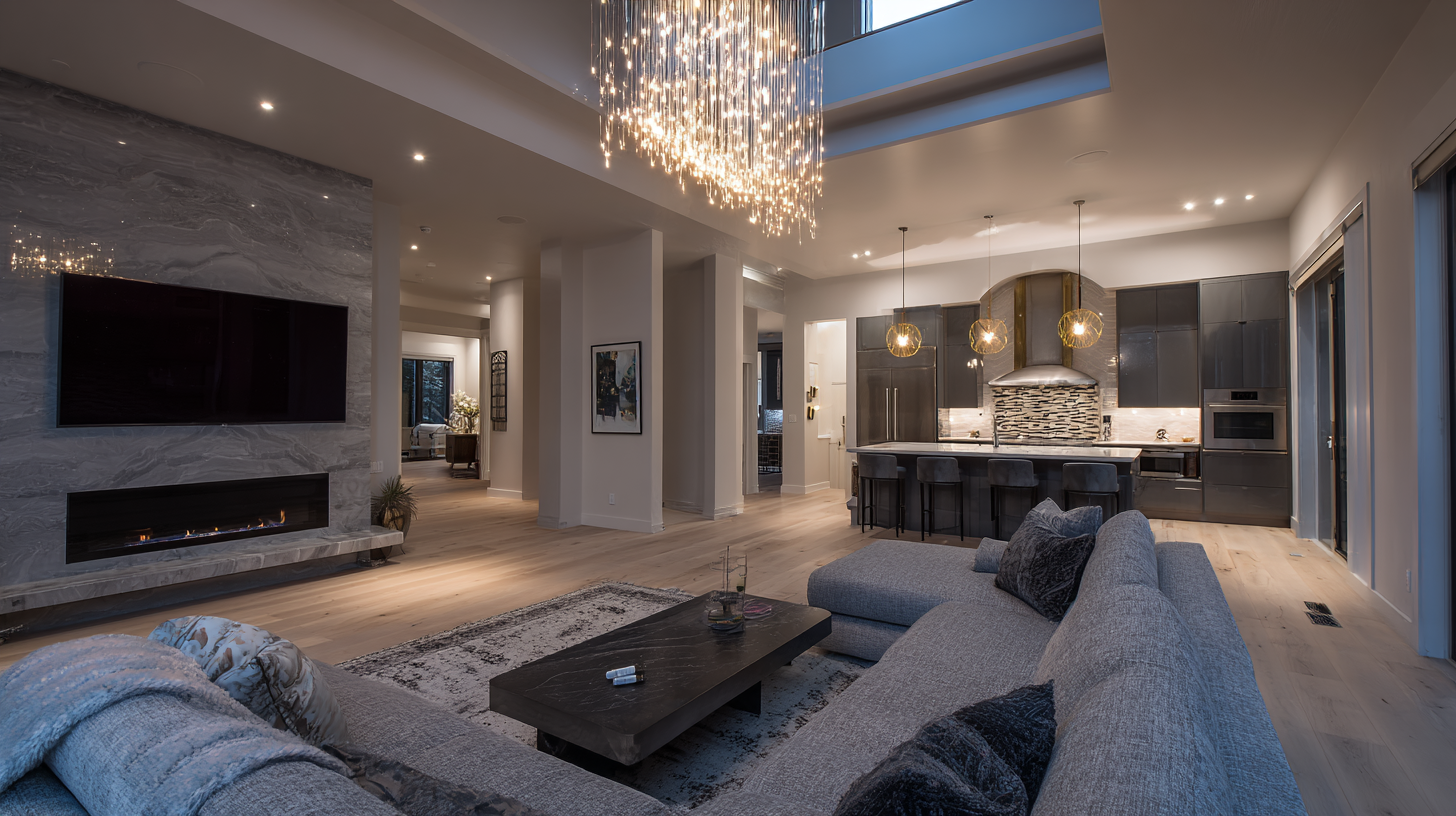
This article explores five essential tips from industry experts that can empower homeowners to harness the potential of illumination, ensuring their spaces not only shine but also reflect their unique personalities.
Lighting plays a crucial role in transforming spaces, and understanding the effects of different types of lighting is essential for effective home illumination. Various light sources, such as incandescent, LED, and fluorescent, emit distinct color temperatures that can significantly influence mood and ambiance. For instance, warmer light tones can create a cozy atmosphere perfect for relaxation, while cooler tones are often more invigorating, promoting concentration and productivity.

Moreover, the impact of colored lighting on emotional responses should not be overlooked. Studies have shown that colors like red can induce a sense of calmness, while blues may disrupt sleep patterns due to their tendency to suppress melatonin production. This interplay between light and mental health illustrates the importance of intentional lighting choices in both residential and communal environments. Balancing aesthetic preferences with the psychological impacts can lead to a nurturing space that supports overall well-being.
Lighting plays a crucial role in setting the mood and enhancing the overall ambiance of any space.
Understanding how to intentionally use warm and cool lighting
can transform your home into a comfortable haven. Warm lighting, with its yellow and softer hues, is perfect for creating a cozy atmosphere in living rooms and bedrooms.
In contrast, cool lighting, characterized by bluish tones, works well in workspaces and kitchens, promoting focus and alertness.
One essential tip for achieving the right ambiance is to layer your lighting.
Incorporate ambient lighting for overall illumination, task lighting for specific activities, and accent lighting to highlight architectural features or artwork.
This combination not only adds depth but allows for versatility in setting the mood for different occasions.
Another vital tip is to consider the placement of your light sources.
Positioning lamps and fixtures at various heights can create visual interest and reduce harsh shadows.
Additionally, using dimmers can help you easily adjust the intensity of light,
allowing you to switch between vibrant energy and a calming retreat with just a flick of a switch.
When it comes to home illumination, layering light is key to creating a warm and inviting atmosphere. By combining overhead, task, and accent lighting, homeowners can enhance both the functionality and aesthetics of their spaces. Overhead lighting serves as the foundation, providing general illumination throughout a room. This could be achieved with ceiling fixtures like chandeliers or recessed lighting, which ensures that there is a uniform light distribution to brighten the entire area.
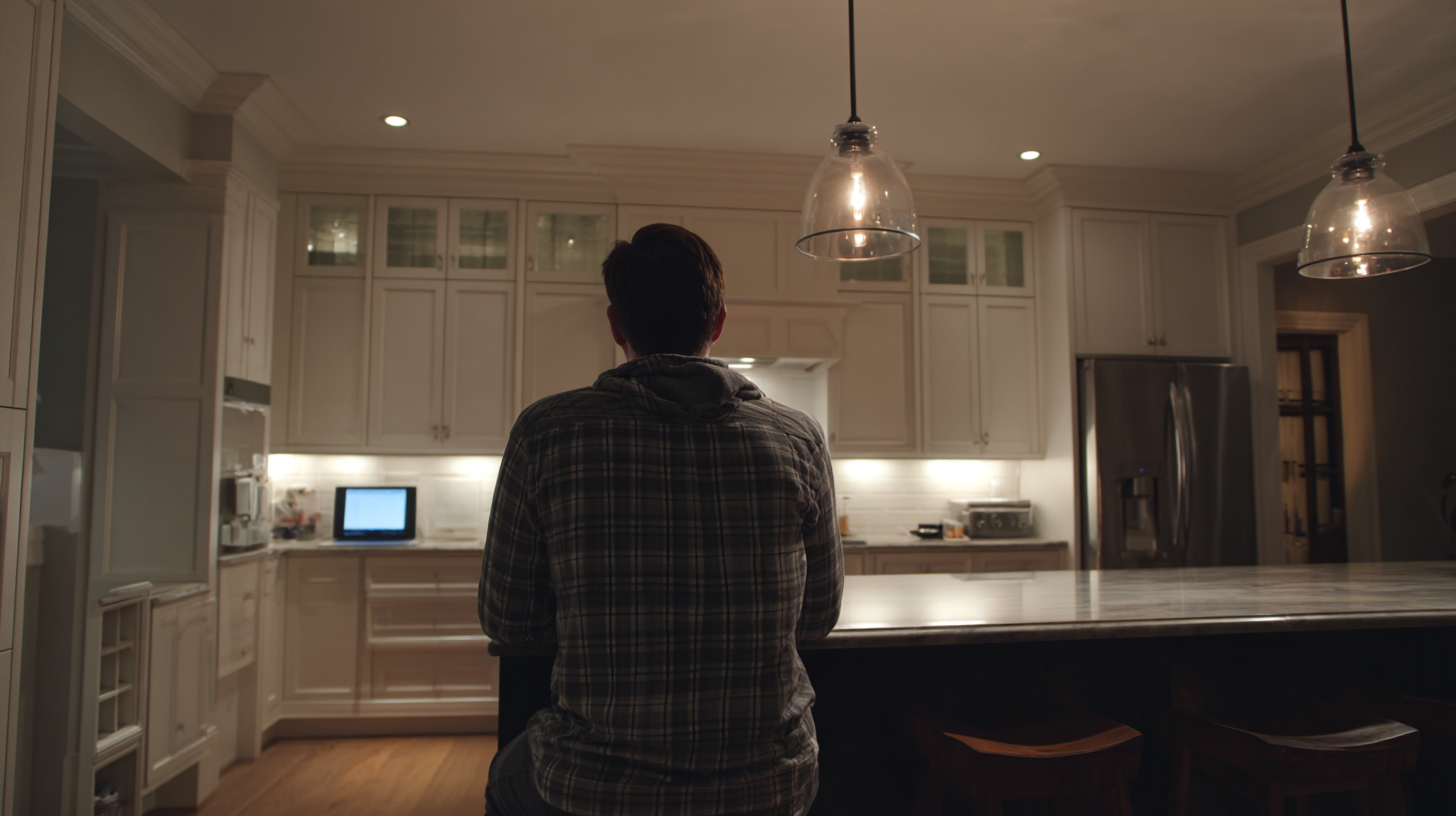
Task lighting is essential for specific activities, such as reading, cooking, or working. Pendants over kitchen islands, desk lamps in home offices, or wall sconces beside the bed are great examples. These lights not only help reduce eye strain by illuminating workspaces but can also be stylish additions that contribute to the overall design.
Finally, accent lighting adds depth and interest by highlighting architectural features, artwork, or plants. This creates visual focal points and adds layers to the overall lighting scheme, making a space feel dynamic and inviting. By thoughtfully mixing these three types of lighting, homeowners can achieve a well-balanced and functional environment that enhances both style and comfort.
Selecting the right fixtures for each space in your home is crucial in creating an ambiance that enhances both functionality and aesthetics. According to the National Association of Home Builders, well-planned lighting can increase property value by as much as 15%. This makes investing in quality fixtures not just a matter of style, but a strategic financial decision as well. Each room has distinct needs, and understanding these can transform a mundane space into a captivating one.
In living areas, adjustable fixtures like dimmers or recessed lighting can cater to various activities, from entertaining guests to quiet evenings. A report from the American Lighting Association indicates that 70% of homeowners underestimate the impact of lighting on a room’s mood. Similarly, in kitchen spaces, layered lighting combining task and ambient fixtures ensures safety while cooking, making the area not just beautiful but efficient. For bedrooms, opting for soft, warm fixtures can promote relaxation, aiding in better sleep. Selecting the right fixtures goes beyond mere decoration; it’s about enhancing your daily life through thoughtful illumination.
| Room Type | Recommended Fixture | Lighting Type | Style | Key Features |
|---|---|---|---|---|
| Living Room | Chandelier | Ambient | Modern | Dimmable, Decorative |
| Kitchen | Recessed Lights | Task | Contemporary | Bright, Focused Illumination |
| Bedroom | Table Lamps | Ambient/Task | Classic | Soft Light, Reading Light |
| Bathroom | Vanity Lights | Task | Modern | Water-resistant, Bright Light |
| Dining Room | Pendant Lights | Ambient | Industrial | Stylish, Adjustable Height |
In today's rapidly evolving world, energy efficiency and smart technology are essential considerations in lighting design. Homeowners are increasingly seeking ways to reduce energy consumption while enhancing their living spaces. Integrating smart home devices can significantly contribute to eco-friendly practices. These devices not only optimize energy usage but also provide convenience and control. For instance, utilizing smart bulbs and motion sensors can help ensure that lights are only used when necessary, leading to substantial savings on energy bills.
When it comes to home illumination, here are a few essential tips. First, consider employing a variety of light sources, such as ambient, task, and accent lighting, to create a dynamic and functional space. This approach allows homeowners to adapt lighting based on different activities and moods. Second, exploring smart dimmers and programmable timers can help in managing light levels and reducing waste. These advancements ensure that lighting complements your lifestyle while promoting a sustainable way of living. With smart technology emerging as a game-changer in the lighting industry, it's easier than ever to transform spaces efficiently and responsibly.
This chart displays the annual energy consumption of different types of lighting typically used in homes. LED lights are the most energy-efficient option, consuming significantly less energy compared to incandescent and halogen bulbs.
